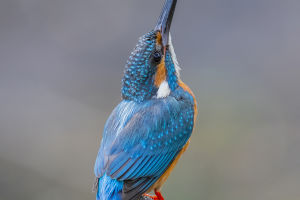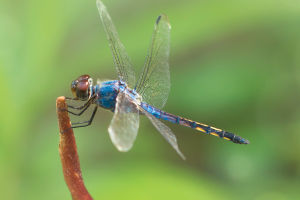Ringneck Pheasants are colorful and majestic game birds that are native to Asia but have been introduced and naturalized in many parts of the world, including North America and Europe.
With their vibrant plumage and distinct features, Ringneck Pheasants have become a popular sight in fields, meadows, and woodlands, and are a favorite among hunters and birdwatchers alike.
The Ringneck Pheasant gets its name from the striking white ring around the male bird's neck. Males are larger and more colorful than females, with iridescent green, copper, and gold feathers on their bodies. Their long, pointed tail feathers add to their regal appearance. Females, on the other hand, have more subdued plumage with mottled brown feathers that help camouflage them in their habitat.
These birds are highly adaptable and can thrive in a variety of habitats, including grasslands, agricultural fields, and brushy areas. They prefer areas with ample cover for nesting and roosting, such as tall grasses, shrubs, and hedgerows. Ring-necked pheasants are omnivorous and feed on a diverse diet that includes seeds, grains, insects, and small vertebrates.
During the breeding season, males engage in elaborate courtship displays to attract females. They erect their long tail feathers, puff up their chest, and make a series of calls to announce their presence. If a female is interested, she may respond by cackling or making soft clucking sounds.
Once a pair forms, the male will vigorously defend his territory against rival males, engaging in aggressive displays and occasionally fighting.
Ringneck Pheasants are known for their explosive flight when startled or flushed. With a loud whirring of wings, they take off from the ground and quickly gain altitude, often flying in a straight line for a short distance before descending to the ground. Their flight pattern and speed make them a challenging target for hunters, contributing to their popularity as a game bird.
Due to their popularity as a game species, Ringneck Pheasants have been introduced to many parts of the world where suitable habitat exists. They are often raised in game farms and released into the wild to provide hunting opportunities. These efforts have contributed to the success of the species in areas where they were not originally native.
In addition to their role as game birds, Ringneck Pheasants also play an important ecological role. They help control insect populations and disperse seeds through their feeding and movement patterns. Their presence in agricultural areas can benefit farmers by reducing pest pressure and providing economic opportunities through hunting tourism.
However, like many wild bird species, Ringneck Pheasants face various challenges. Loss of suitable habitat, agricultural intensification, and predation by predators such as foxes and raptors can impact their populations. Conservation efforts, such as habitat restoration and management, predator control, and sustainable hunting practices, are important for the long-term viability of these birds.
The Ringneck Pheasant is a magnificent and adaptable game bird that has captured the attention and admiration of people around the world. With their striking plumage, elaborate courtship displays, and challenging flight, they are a prized species among hunters and a delight to birdwatchers.
While facing conservation challenges, efforts to protect and manage their habitat will ensure that future generations can continue to enjoy the presence of these remarkable birds in the wild.


